You’ve analyzed your metrics and collected quantitative survey data that tells you what your employees think about internal communication. But that data not only makes your head spin, it leaves you with one big question: How can I use this information to improve my program?
The answer is to conduct one or two fast focus groups. This quick-turnaround targeted approach will swiftly get to the root of an issue without maxing out your budget.
Follow these seven steps to quickly get to the meaning behind your data:
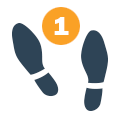 |
Establish your thesis
Write a single sentence that summarizes what you are trying to learn.
|
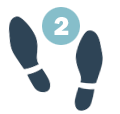 |
Manage logistics
Hold sessions virtually (using your web meeting platform) or schedule them in one location. Using the same moderator will also save time and money, and ensure consistency.
|
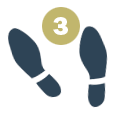 |
Recruit participants
Your goal is 10 to 12 participants per focus group, with employees from diverse jobs, levels and perspectives. Ask someone in HR or a site manager to help you compile a list.
|
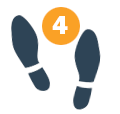 |
Write questions
Draft a one-page discussion guide centered around two to three categories you want to know more about. For each category, prepare three to five key questions relating to your thesis.
|
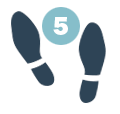 |
Conduct focus groups
Choose someone with focus group experience or hire a professional to be your moderator. The moderator should focus on facilitating, so get someone else to take notes. Audio record the sessions if possible, even if you don’t have time to transcribe all of them.
|
 |
Analyze notes
Sort through your notes and recordings to identify at least three key findings. Look for common themes and similarities.
|
 |
Summarize findings
Prepare a one- to three-page word document or a three- to five slide presentation to take what you learned to your stakeholders. Include an introduction, methodology and key findings with quotes to support each finding.
|











